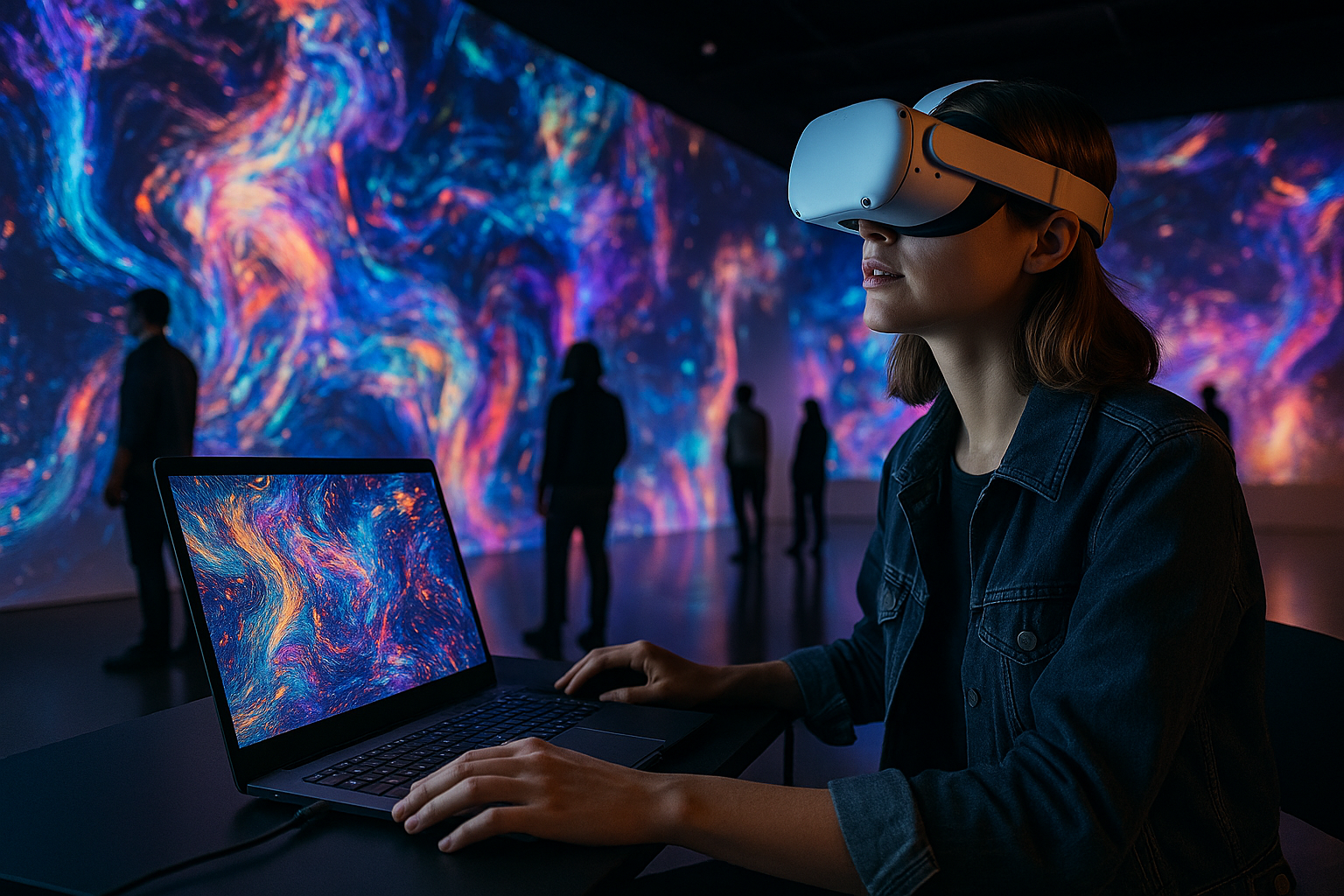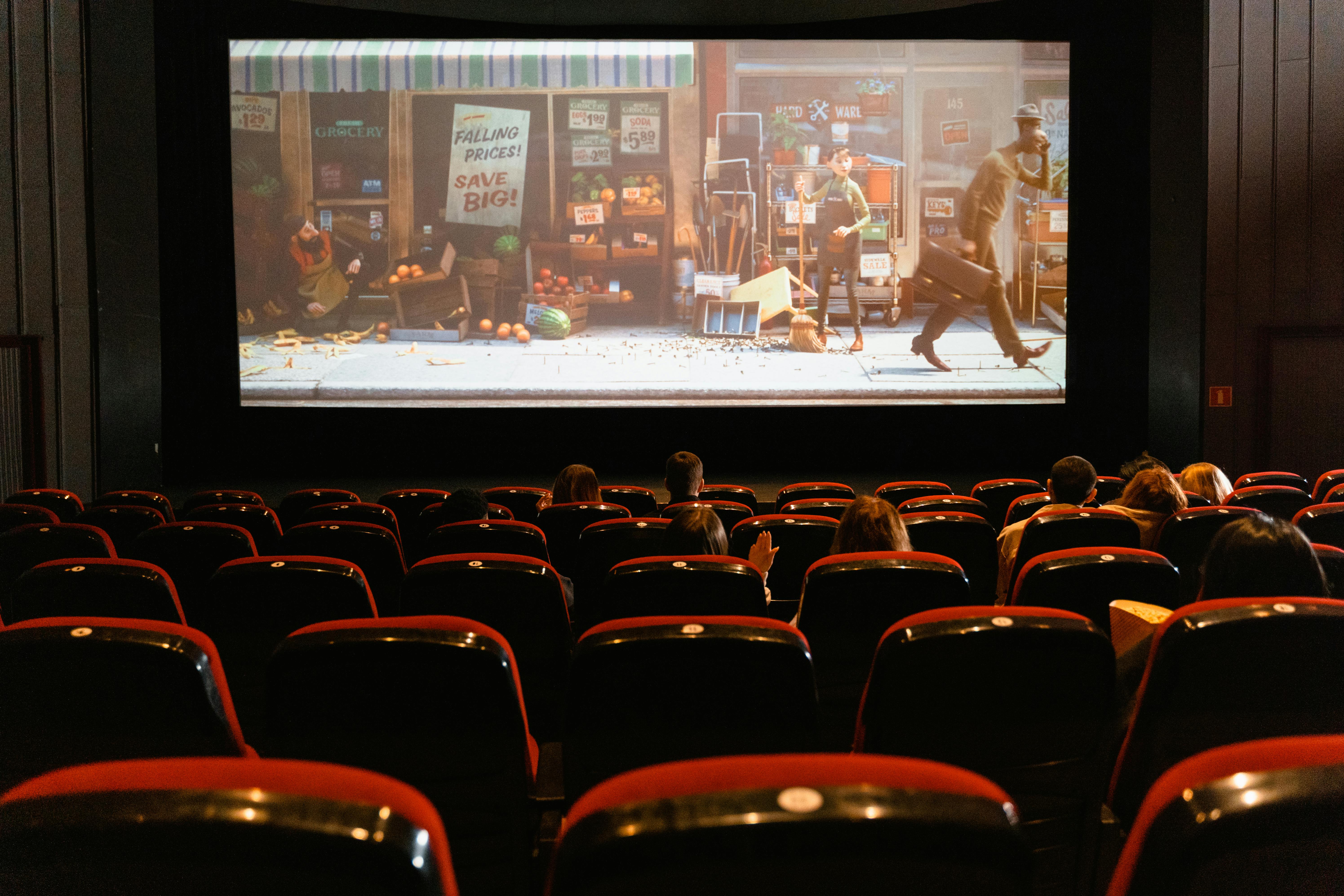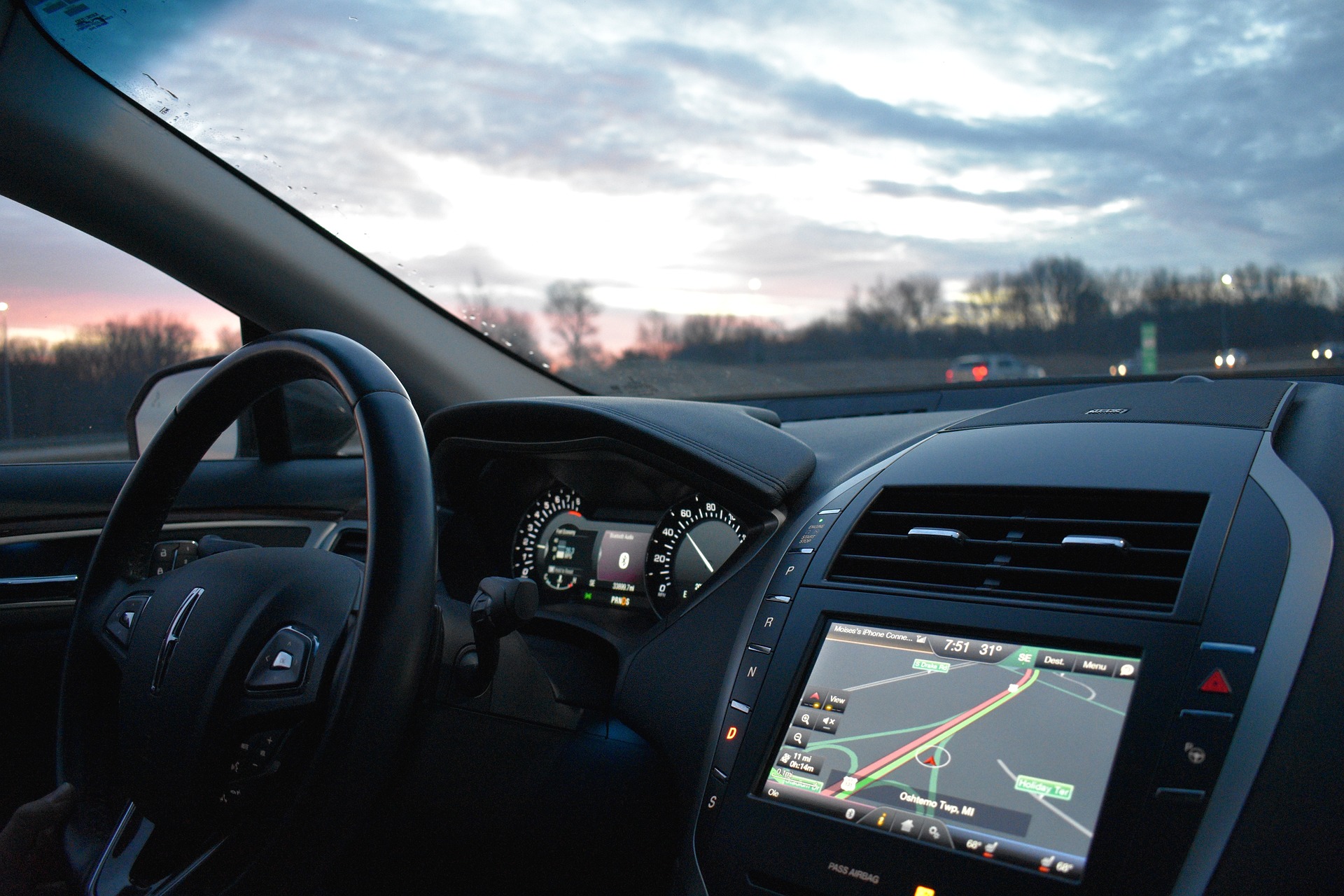Breaking New Ground: The Rise of Immersive Digital Art Experiences
Introduction: Immerse yourself in the vibrant world of digital art, where technology and creativity merge to form groundbreaking experiences. Explore how this emerging art form is redefining artistic expression and transforming audience engagement in the contemporary landscape.

The Genesis of Digital Art
The roots of digital art can be traced back to the 1960s when pioneering artists began to experiment with the potential of computers to create new forms of artistic expression. As technology evolved, so did this art form, with artists pushing the boundaries and exploring new mediums such as interactive installations, digital sculpture, and computer-generated imagery. The advent of the internet and the proliferation of digital devices in the late 20th century further expanded the scope and accessibility of digital art, paving the way for the immersive experiences we witness today.
The Emergence of Immersive Digital Art
Immersive digital art came to the forefront in the early 21st century, with artists creating pieces designed to envelop audiences in a multi-sensory experience. Unlike traditional forms of art, these immersive experiences engage viewers on a deeper level by integrating elements of sight, sound, and sometimes touch. This interactive aspect not only challenges the traditional artist-viewer dynamic but also provides audiences with a unique and personal engagement with the artwork.
The Impact of Immersive Digital Art
Immersive digital art has made a significant impact on the arts and entertainment industry. It has transformed how audiences experience art, bringing it out of the confines of galleries and museums and into various public and private spaces. This art form has also begun to challenge the notion of art as a static object, instead portraying it as a dynamic process that involves viewer participation. The integration of technology has additionally opened up new avenues for artists, allowing them to explore innovative themes and techniques.
The Reception of Immersive Digital Art
The reception of immersive digital art has been largely positive, with audiences appreciating the unique, engaging experiences it offers. These installations have attracted a diverse audience, from tech enthusiasts and art aficionados to the general public, increasing the accessibility and appeal of contemporary art. Critics have also praised this form of art for its innovative use of technology and its ability to challenge traditional art conventions.
The Future of Immersive Digital Art
The future of immersive digital art looks promising. With advancements in virtual reality, augmented reality, and other digital technologies, artists are poised to take this art form to new heights. There is also a growing interest from the public in these novel experiences, signaling a shift in how art is consumed and appreciated. As technology continues to evolve, immersive digital art will undoubtedly continue to redefine the boundaries of artistic expression and audience engagement.
In conclusion, immersive digital art is a vibrant and exciting area within the arts and entertainment industry. Its innovative blend of technology and creativity has transformed the way we experience art, offering audiences fresh, engaging, and personal encounters with artistic expression. As we look to the future, it is clear that this form of art will continue to break new ground and redefine the creative landscape.





